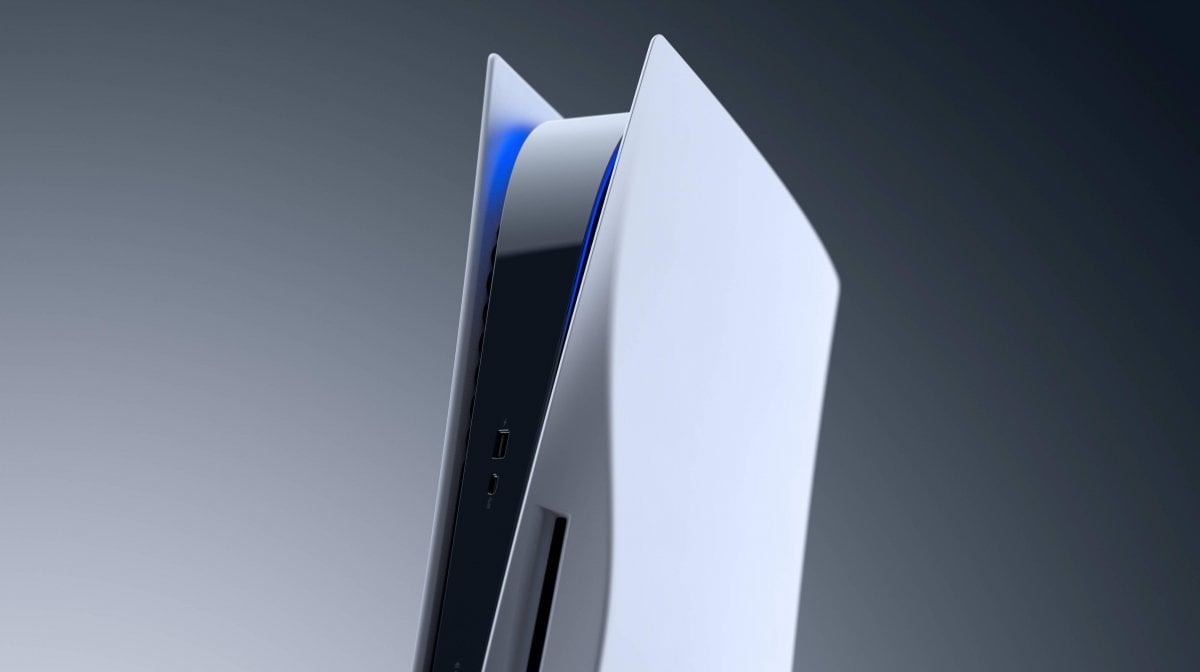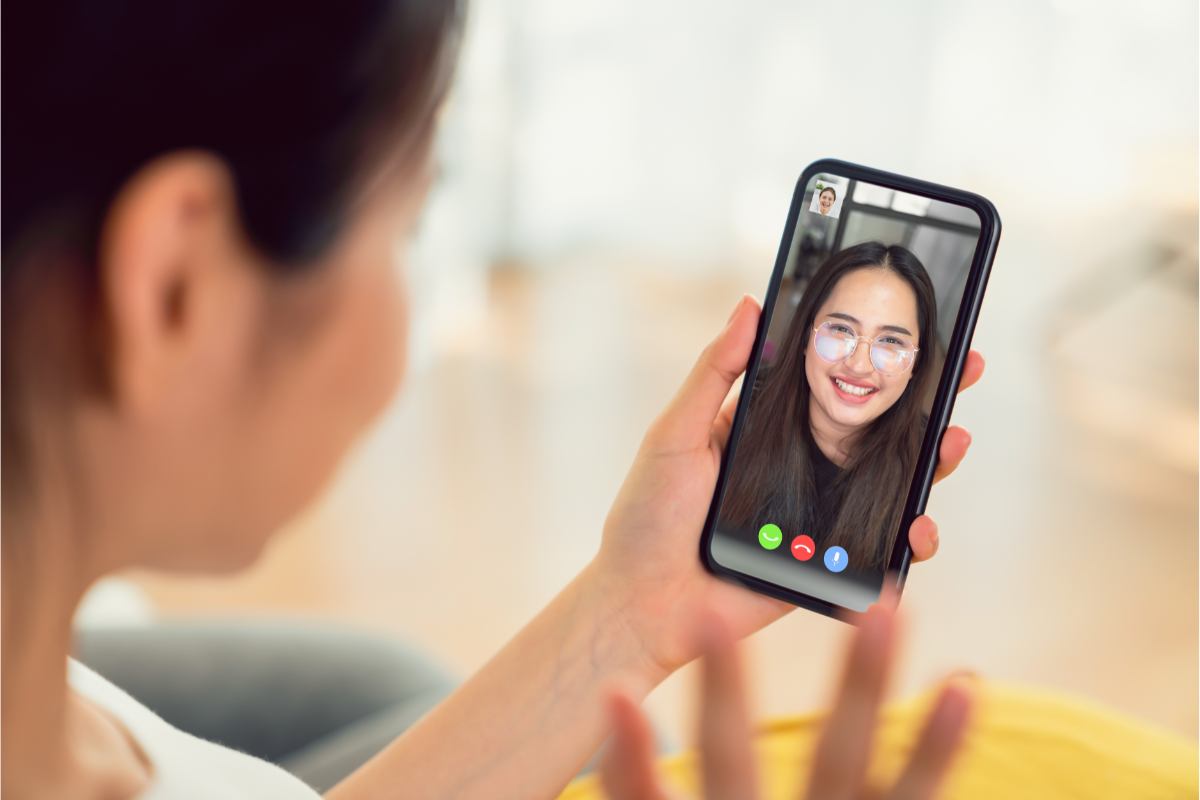Virtual realities are artificial designed realities which are seeming to be real. In those virtual realities the physical rules are usually also applying, so it gets even more believable. Even though those technologies seem to be kind of a new thing, they origin back to the Sixties.
A brief history of the development
The first attempt was designed in 1956 by Morton Heilig. In 1965 virtual reality, as we know it today, was developed by Ivan Sutherland. The ones who participated in the history of virtual reality technology were often dreamers and ahead of their time.
A lot of technical requirements were not fully developed yet, therefore the invention remained in an early state for a long time and it took some years for the virtual realities to get out of a niche and into big business. However, nowadays almost all the big tech companies like Facebook, Google, Microsoft and Samsung are involved in developing virtual reality designs.
But how can it feel real, to be in a virtual reality?
There are some features that make virtual reality actually feel real. If people gather in a digital room for example, they can see the lips of the other participants’ avatars moving when they speak. If they walk towards each other while speaking, the sound gets louder the closer a person gets. It is possible by now to participate in virtual realities without wearing the associated glasses. The platform Mozilla hubs provides the possibility of entering a virtual room through the internet browser. The participants can walk around and navigate by moving the mouse or the arrow keys.
Therefore, the benefits of virtual realities are becoming more and more obvious to a broader scope. On the one hand it feels real, but on the other, no one has to leave the house to participate in events. Therefore, virtual realities are applicable to a lot of topics, not only, as one might associate first, for video games.
The system is applicable to many areas
The technology is nowadays used for learning purposes like homeschooling, museum visits, contemporary art, job interviews and in many other situations. Some companies for example design a virtual reality platform, where the applicants are entering the online interview by walking into a foyer, meeting the other candidates and getting called into an interview room as soon as they have the appointment. Also, in medicine the system comes into use to help simulate operations as close as possible to reality for practice reasons.
Even a press conference in Germany was recently held in a virtual room, which the journalists entered through virtual reality glasses. Virtual realities can be also useful for companies in combination with customer experience monitoring, which is a tool to improve customer satisfaction. For example, an unavoidable waiting time to get in contact with the company can be bridged by providing a virtual reality for the customer, in which he can walk through and discover the office building.

“Beer practitioner. Pop culture maven. Problem solver. Proud social media geek. Total coffee enthusiast. Hipster-friendly tv fan. Creator.”





